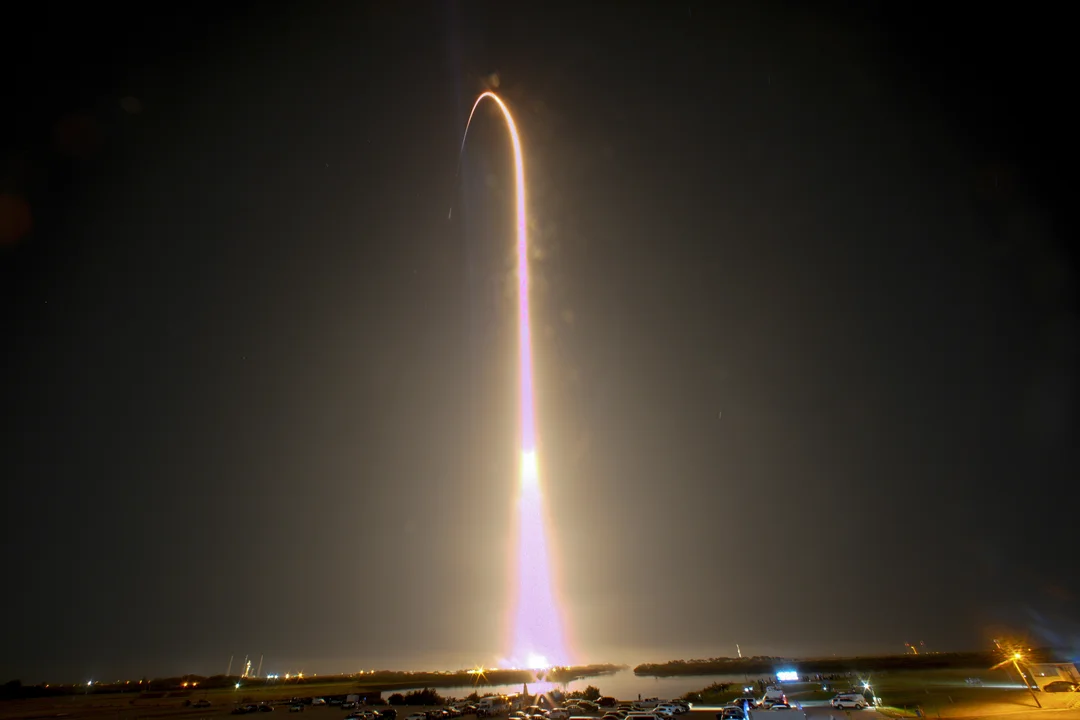
SpaceX Dragon’s Fiery Return: Sonic Boom and Successful Splashdown off California Coast
A dazzling display in the night sky and a resounding sonic boom marked the return of the SpaceX Dragon spacecraft as it re-entered Earth's atmosphere on Saturday. The unpiloted capsule, concluding its 32nd commercial resupply services mission to the International Space Station (ISS) for NASA, successfully splashed down off the coast of Oceanside, California, around 10:44 p.m. PT, bringing with it valuable science and cargo.

The Dragon spacecraft undocked from the zenith port of the ISS's Harmony module at 12:05 p.m. EDT on Saturday, following commands from SpaceX ground controllers. Carrying approximately 6,700 pounds of crew supplies, science investigations, and equipment, the spacecraft's journey back to Earth captivated observers along the Central Coast, who witnessed a bright streak of light soaring across the sky.
"Dragon is on track to reenter Earth's atmosphere and splash down off the southern coast of California near Oceanside at ~10:44 p.m. PT," SpaceX announced on X (formerly Twitter), forewarning residents of the impending sonic boom. True to their word, the spacecraft “announced its arrival” with a brief but noticeable rumble felt across Southern California.

Social media buzzed with reports of the sonic boom, with many users sharing videos of the Dragon's fiery descent. The successful splashdown marks another milestone for SpaceX, further solidifying its role as a key partner in NASA's commercial resupply services program. Launched on April 21st from Launch Complex 39A at Kennedy Space Center in Florida, the mission delivered crucial supplies and experiments to the orbiting laboratory.
According to SpaceX, the Dragon spacecraft is unique in its ability to return significant amounts of cargo to Earth. It is also notable as the first private spacecraft to transport humans to the ISS. The mission not only provided essential resources to the astronauts aboard the station but also facilitated valuable scientific research in the microgravity environment.
What are your thoughts on SpaceX's ongoing contributions to space exploration and the impact of commercial partnerships with NASA? Share your opinions and observations in the comments below!